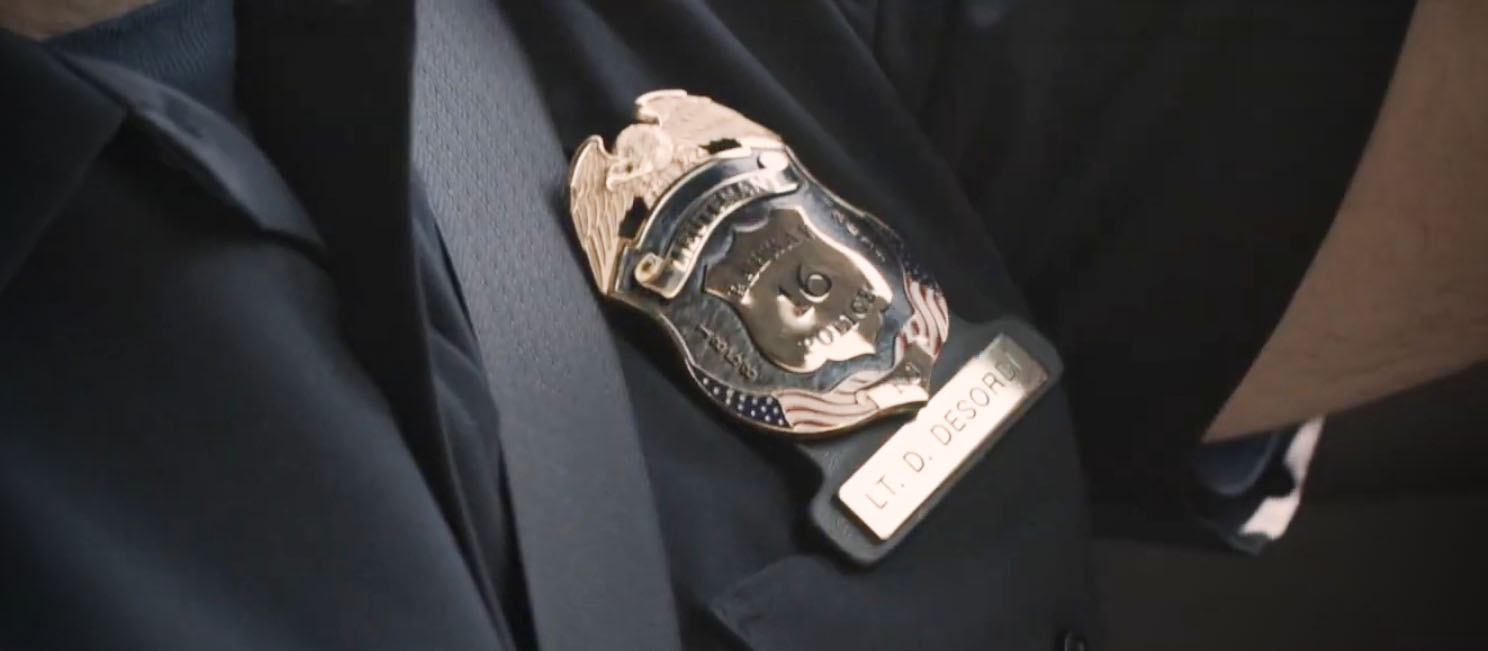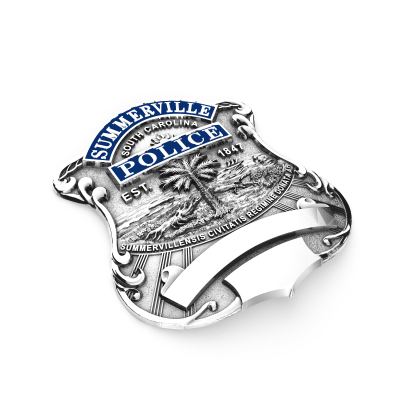Protecting your badge: A guide to avoiding scratches & dings
Tips to prevent short and long-term abrasion damage to your badge.

Wearing a badge is a source of pride—it's a symbol of accomplishment and dedication to public safety. However, badges, like any cherished possession, are not indestructible. Scratches and dings, whether caused by short-term or long-term abrasion, can impact the appearance and lifespan of your badge.
In this guide, we'll define the different types of abrasion and provide practical tips to ensure your badge stands the test of time.
What is abrasion?
Abrasion is defined as “scraping or wearing something away” and there is a difference between short and long-term abrasion. Short-term abrasion is a one-time, deep, or superficial scratch on a badge when it comes in contact with a hard surface. Long-term abrasion happens when a badge rubs against a surface, or comes in contact with a surface daily. There are ways to protect your badge against both short and long-term abrasion.
Short-Term Abrasion:
1. Mind the Surface:
- Avoid dropping your badge on hard surfaces or coming into contact with other rigid objects.
- When not in use, don't throw it onto desks or into drawers without protection.
- Keep badges from touching each other. If storing multiple badges put them into plastic bags or wrap them in something soft to keep them from damaging each other.
2. Safety Catch Check:
- Regularly inspect and tighten the safety catch to ensure a secure fit. In this video, we show you how to tighten or loosen your safety catch.
3. Use a Recessed Holder:
- If wearing your badge on a belt or around the neck, use a recessed holder to protect it from external impacts. Check out this popular recessed belt clip holder with neck chain.
Long-Term Abrasion:
1. Seat Belt Savvy:
- Whenever possible, tuck the seatbelt under the badge to minimize abrasion.
- Seat belts have a rough surface that can damage your badge over time.
2. Wallet Wisdom:
- Carry your badge in a recessed wallet or ID case to provide added protection.
- Invest in a flat badge specifically designed for wallets, with either a wallet clip or a permanent mount for durability.
3. Handle with Care:
- Remember, your badge is meticulously handcrafted, like a piece of jewelry.
- Be conscious of its importance and handle it with care to keep it looking great over the long term.
Conclusion:
Your badge is not just an emblem; it's a representation of your hard work, the most recognized symbol of your profession, and a reflection of your commitment to the community you serve. By following these simple tips, you can ensure that your badge remains a shining symbol of your achievements. Take pride in wearing it, and remember that a little care goes a long way in preserving the beauty and significance of your badge.



